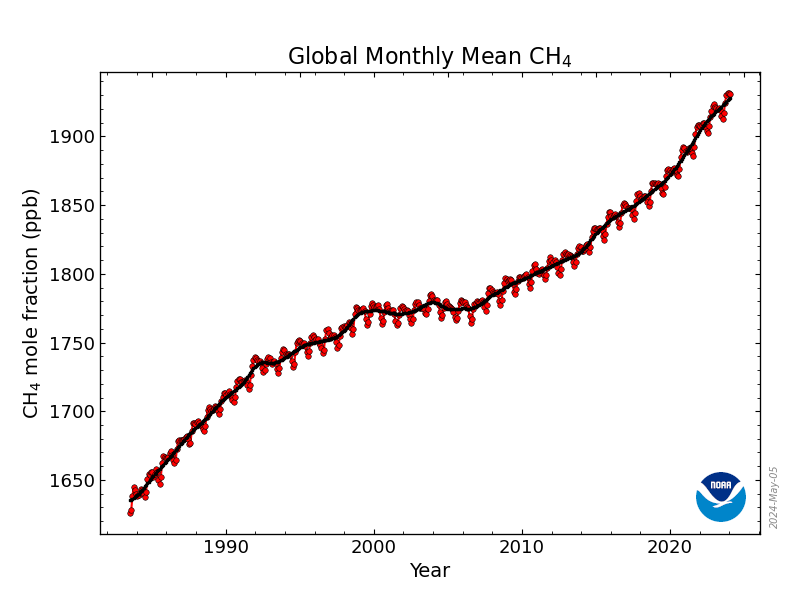rockdoc123 wrote:take it up with Gosselin, it was his calculation. He is an engineer so I'd make sure you are right before you attempt to correct him.
This is maths for someone in 6th class of primary school.
You don't need engineer for it.
It is enough to remember that:
1) 1cal will heat 1g of water by 1*C
2) 1cal = 4.187 J
3) 1ton of TNT = 4184000000 J (means approximately 1Gcal), eg it will warm 1000 tons of water by 1*C.
Finding the rest is easy.
So 1Mt bomb will warm 1km3 of water by 1*C.Error: 4184/4187=0.99928, means our
error is -0.00072 or -0.072%Pretty accurate.
Now how much water is on Earth?
According to
https://www.livescience.com/29673-how-m ... earth.html we have 1.332 x 10^9 km3. In oceans is 97%, means 1.292 x 10^9 km3
So we would need this much of 1Mt bombs to warm it by 1 *C.
Hiroshima bomb was ~12kt, eg 0.012Mt.
So 2.1 billions of those would deliver 25.2 millions of megatones.
So temperature increase would be 2.52x10^7/1.292x10^9 = 0.0195*C
Oceans warmed by 0.0195*CClose enough to your engineer's calculation.
If we assume that Hiroshima bomb had power output 15kt (not 12kt as I have assumed), then his calculations are nearly spot on (0.024375*C or ~0.0244*C).
Edit: Have checked presented calculations. They are accurate.

